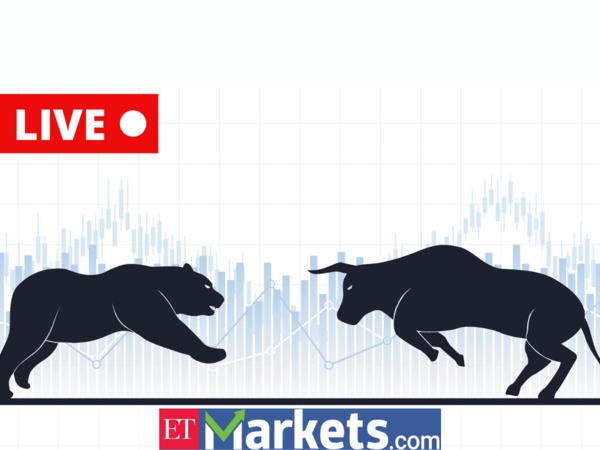Garima Kapoor, Economist and Executive Vice President, Elara Capital on Trump announcing a 25% tariff on Indian goods:
The 25% tariff rate is certainly a negative development as it compares to lower rate for peers such as Vietnam, Indonesia and Philippines which compete with India in a similar category of labour-intensive products and electronic goods. The currency market had clearly priced this eventually as the USDINR pair moved by more than 70 paise today. The exact details of the tariffs on the exempted items such as pharma and the ones that were charged at a differential rate such as iron, steel and auto is unknown as of now, but inclusion of pharma into tariffs should be incremental negative for India’s exports as US accounts for more than 30% of India’s pharma exports. If no deal is signed by Sept-October, we see a downside to full year GDP growth estimate for India by 20 bps.
On the positive side, it is pertinent to note that any hotchpotch deal which would have compelled India to give concessions to its agriculture and dairy sector may have had much deeper ramifications politically, socially, and eventually on livelihoods . A well negotiated deal that addresses all aspects of trade, investment and tariff and non- tariff barriers by September October 2025 is likely to yield long term benefits than a hurried deal. The India-UK deal template which gave concessions to auto and opened public procurement sector has shown that India is willing to shed its protectionist tag in sectors where it doesn’t impact the marginal producer, which is a huge departure from its earlier stance.

